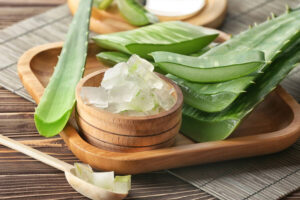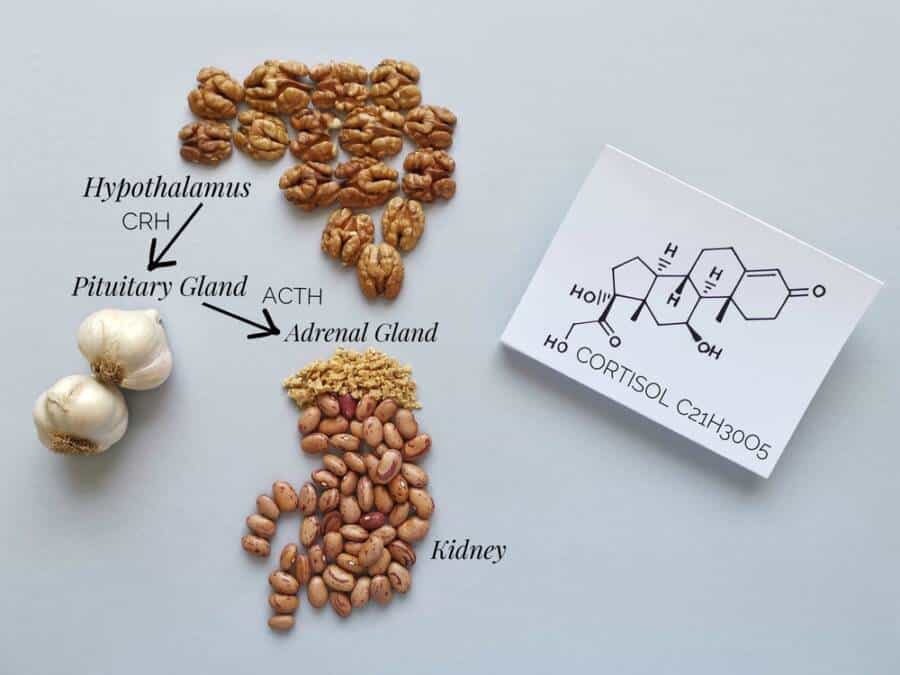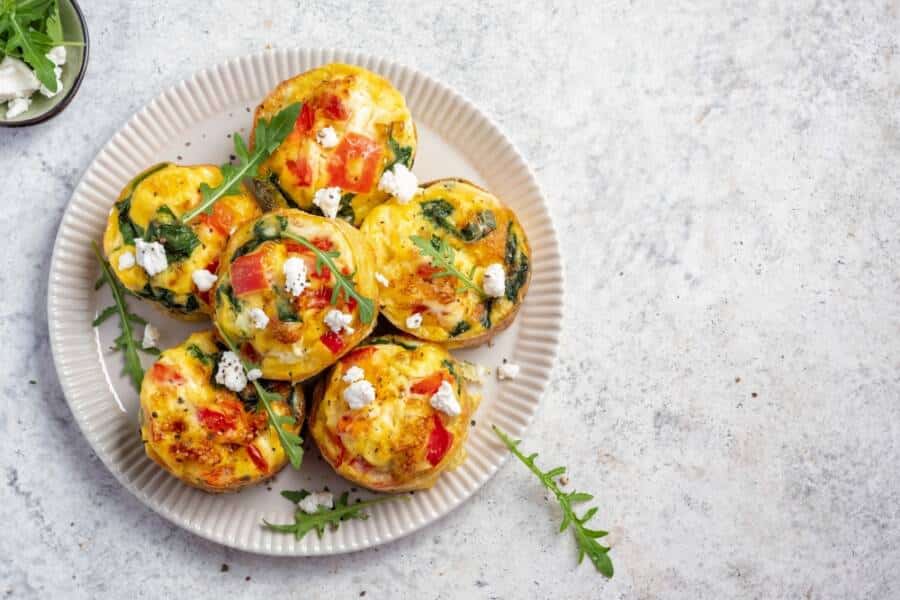Some foods and beverages get a lot of love out there, mainly because they have the superfood title stamped on them. Edibles like blueberries, salmon, walnuts, and spinach are well-known superfoods, but there are others, too, that unfortunately don’t really get the healthy credit they deserve.
One of these foods is sauerkraut (fermented cabbage). Sauerkraut is extremely nutritious and adds flavor to most of your dishes; this is just an example. Stay tuned, because we are going to expose many more in this article, so if you want to give your diet a proper boost, try to incorporate the following superfoods into it:
1. Cinnamon
In my opinion, cinnamon is one of the tastiest spices in the world. Still, its taste has nothing to do with the superfood title. Cinnamon deserves the healthy credit because it has been used as medicine for thousands of years, and modern science also confirms its amazing health benefits.
Cinnamaldehyde is the compound responsible for cinnamon’s benefits, and it’s also the one that gives this spice its unique flavor and smell. Most nutritionists recommend cinnamon consumption to those who are dealing with inflammation. However, cinnamon is also known for having powerful anti-diabetic effects.
On top of that, studies suggest that cinnamon may protect against several types of cancer and neurodegenerative diseases.
P.S.: Oatmeal and cinnamon make best friends, so try to sprinkle some cinnamon over your oatmeal bowl.
2. Coconut Water
Just name something coconut water isn’t good at… From aiding weight loss, fighting bacteria, and supporting cardiovascular health to managing diabetes, promoting healthy digestion, preventing cancer, improving skin appearance, and relieving headaches, coconut water should definitely be found in most American households.
Coconut water is an excellent drink during the summer since it keeps your body hydrated longer than other beverages. Plus, it’s delicious, so if you find it hard to drink the recommended amount of water per day (eight 8-ounce glasses), try coconut water. And although the healthiest way to drink it is straight from the coconut, boxed or canned coconut water would do the trick just fine.
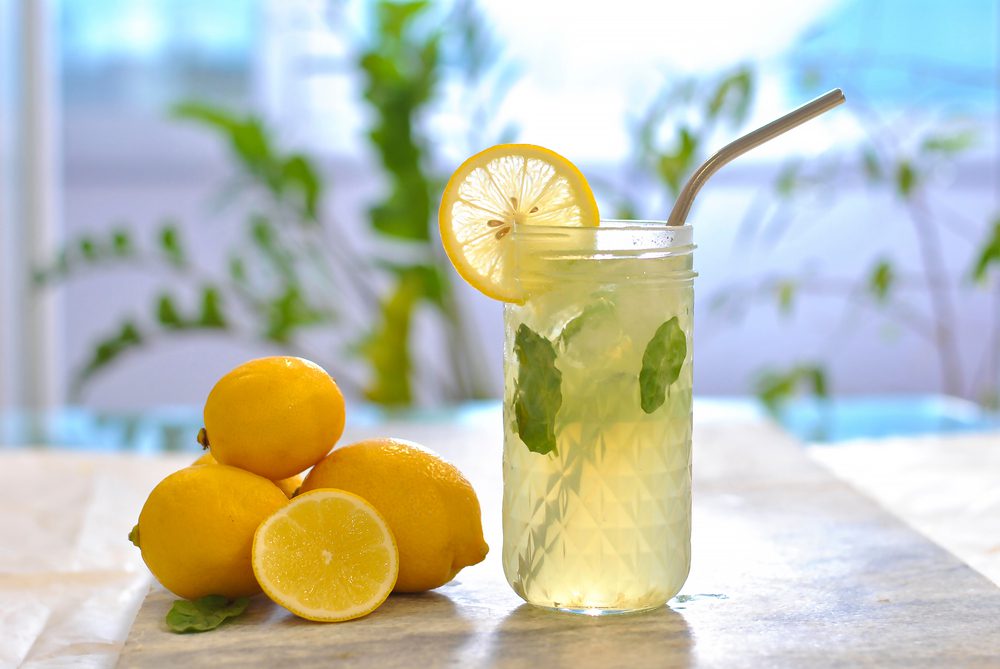
3. Lemons
Everyone has lemons in their kitchens, and while most of us are perfectly aware of the fruit’s detoxifying properties, others are often overlooked. For instance, did you know that lemons support heart health? No? How about the fact that lemons aid digestion? Several studies have pointed out that regular lemon consumption could significantly lower your chances of developing heart disease.
Other studies suggest that lemons have the unique ability to prevent kidney stones (the citric acid found in them may help prevent kidney stones by maximizing urine volume, resulting in a less favorable environment for developing kidney stones). Plus, due to their vitamin C content, lemons are able to prevent anemia by supporting iron absorption.
So, it would be a great idea to sip on some lemonade from time to time.
4. Chia Seeds
Chia seeds definitely deserve the superfood title! To give you an idea of how good they can be, a one-ounce serving of chia seeds packs 30% of the recommended daily intake for magnesium, 18% for calcium, 30% for manganese, and 27% for phosphorus. The same amount also contains decent amounts of vitamin B12, potassium, niacin, and zinc.
And it’s not just that… Chia seeds contain powerful antioxidants that can easily keep several diseases at bay, cancer included. Doctors actually recommend chia seeds to those who want to limit their animal protein sources in their diet. And last but not least, chia seeds are beneficial for your old ticker, mainly because they can lower triglycerides, reduce blood pressure, and raise “good” HDL cholesterol.
The best part? Chia seeds are super versatile. You can sprinkle some over your Greek yogurt or add them to your smoothies and baked goods.
5. Cilantro
Cilantro is a herb worthy of the superfood title. Studies have shown that cilantro consumption could accelerate the removal of heavy metals such as arsenic, mercury, cadmium, aluminum, and lead.
And since the accumulation of heavy metals in the body could easily lead to hormonal imbalances, neurological conditions, heart disease, and infertility, it would be a good idea to use this herb when cooking your favorite meals.
Another thing that makes cilantro a superfood is the fact that it protects against oxidative stress due to its abundant amount of antioxidants. Cilantro seems to be good for diabetics, too. A study published in the Journal of Food Sciences found that cilantro can balance blood sugar.
6. Cranberries
Who would have thought that the cranberry sauce we serve as a side on Thanksgiving Day is a superfood (or the cranberry juice we add to vodka)? Well, not me, but doing the research changed my mind completely. Cranberries can even fight cancer, not to mention that they support good heart health, treat bladder and kidney issues, cleanse the skin, and aid in weight loss.
Cranberries can do all of that and even more. Studies point out that cranberry consumption can strengthen the immune system, too. So, it would definitely not be wrong to call these berries superfoods, since they check almost all health boxes.
7. Kale
Kale is incredibly rich in vitamins and minerals. A single cup of this leafy green, meaning 2.4 ounces, offers 206% of the daily value for vitamin A, 684% for vitamin K, 134% for vitamin C, 26% for manganese, 9% for potassium, and 10% for copper. Kale also packs a pretty decent amount of iron, phosphorus, riboflavin, and niacin.
And although you may not think of kale when referring to the richest sources of vitamin C, the truth is that kale is actually one of the most abundant sources of this vitamin. A single cup has more vitamin C than the same amount of oranges. Besides, it’s super easy to add kale to your diet. From smoothies to salads, kale is the cherry on top of everything.
8. Sweet potatoes
We all know that sweet potatoes are healthier than white varieties, but do they actually deserve the healthy credit? Short and concise, yes. But why? Well, you’re about to find out. First off, sweet potatoes have a remarkable nutritional profile; there’s not a single vitamin or nutrient that sweet potatoes couldn’t cover.
From vitamins A, C, B6, B5, and E to potassium and manganese, sweet potatoes score highly for the number of vitamins you can get from consuming them. And because they have a significantly lower glycemic index than white potatoes, sweet potatoes are an excellent choice for people with diabetes. So, yeah, I think they definitely deserve a healthy credit.
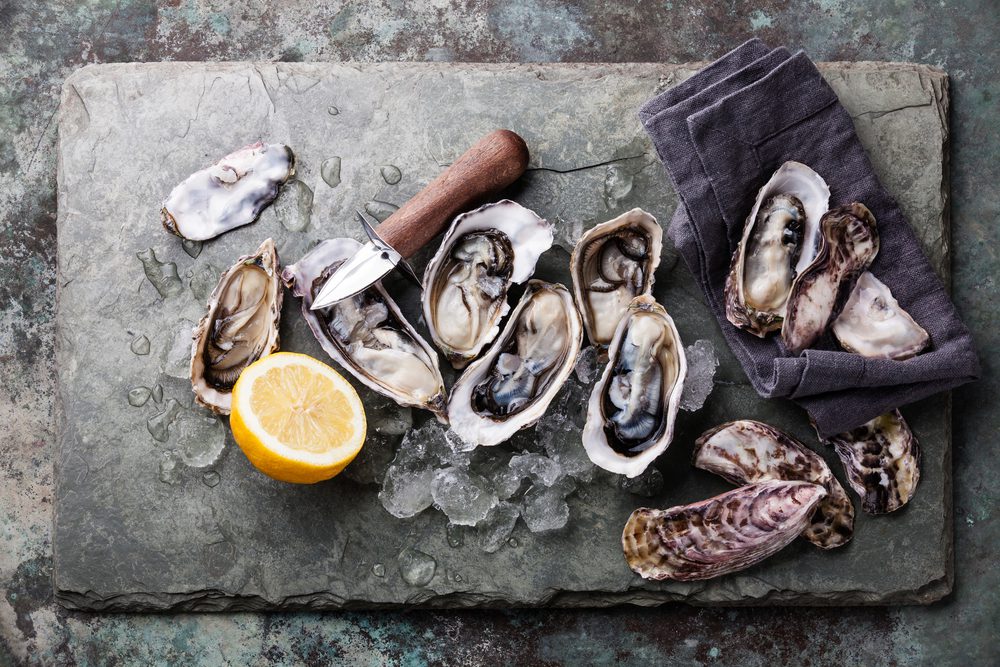
9. Oysters
Although not all of us can afford to eat oysters every single day, it’s a good idea to save some money and consume them at least once a month. Most nutritionists agree that oysters are actually one of the most nutrient-dense foods on the planet. And apart from being aphrodisiacs, oysters are also great sources of zinc, potassium, iron, calcium, magnesium, selenium, and copper.
They pack omega-3 fatty acids, too, meaning they are great for cardiovascular health. However, you should be careful when consuming raw oysters. If the shell isn’t closed or if they smell way too fishy, don’t eat them.
10. Dulse
If you haven’t heard of dulse by now, you aren’t the only one. Dulse is a red seaweed, scientifically known as Palmaria palmata, that features a short stem with broad, red-tinted fronds. Depending on their geographic location, dulse may taste differently, but what remains the same is its astonishing nutritional profile.
No matter how you choose to consume it (fried or dried), dulse may strengthen your bones, lower blood pressure, improve your eyesight, boost the first barrier against diseases, a.k.a. your immune system, improve digestion, and enhance blood circulation.
P.S.: If you live near the coast, you may be able to find dulse along the shoreline. If not, try Chinese restaurants.
Takeaway
There are definitely more foods worthy of the superfood title, and while some are pretty obvious, just like kale or sweet potatoes, others aren’t (take dulse, for example). In this list, we could easily add ginger and broccoli based on their nutritional profiles.
However, we’ve tried to come up with superfoods that are tasty, too (you can’t say the same when it comes to broccoli). One thing is certain: regardless of what you pick from this list, your body will thank you for it.
So, are you ready to make your body feel awesome?
If you want to learn more about healthy foods this book might help you.
You should also check out: 11 Least Unhealthy Junk Foods





